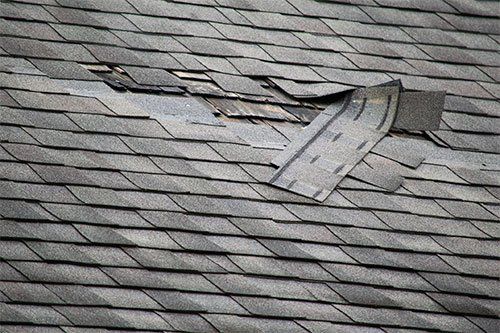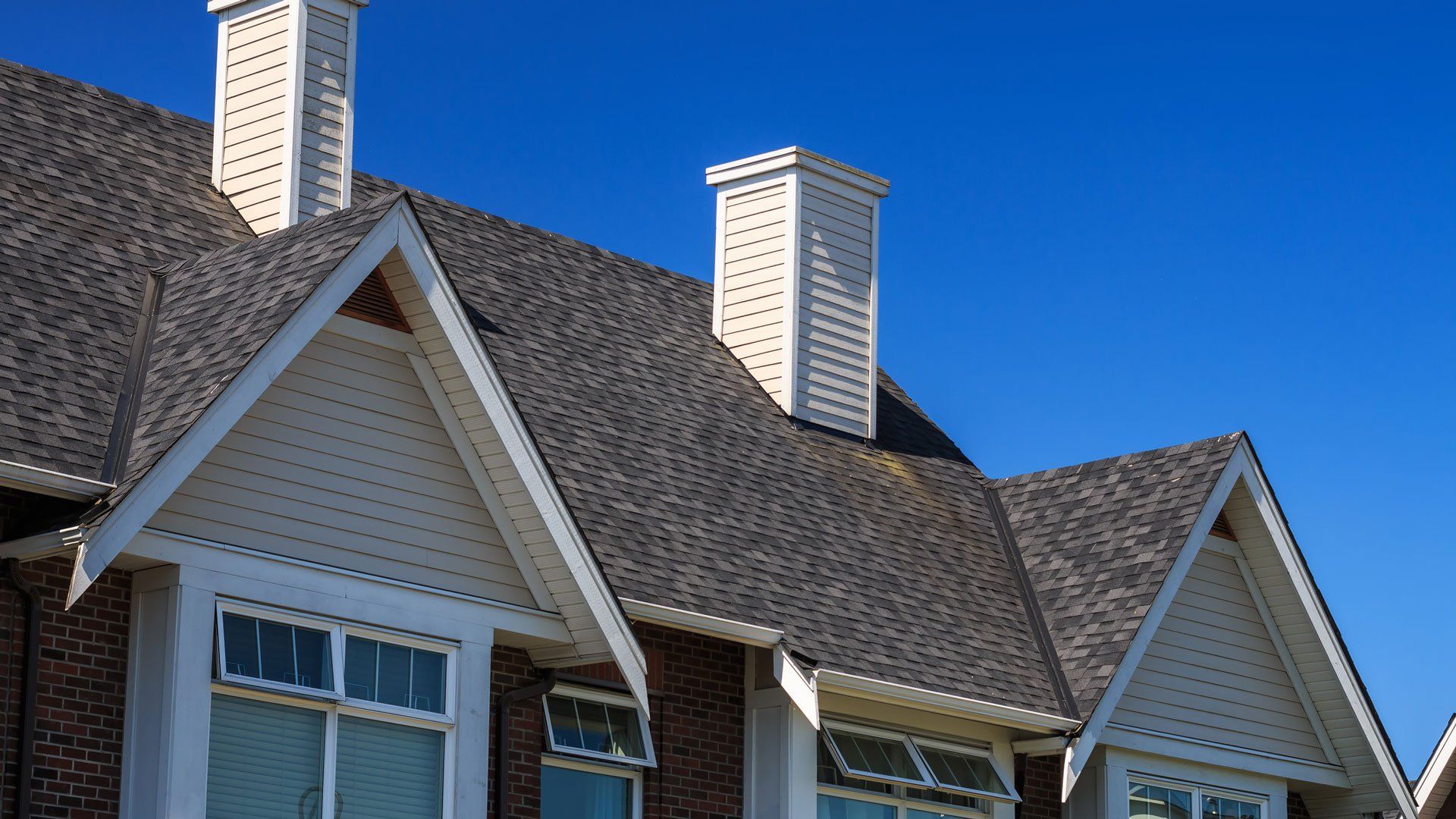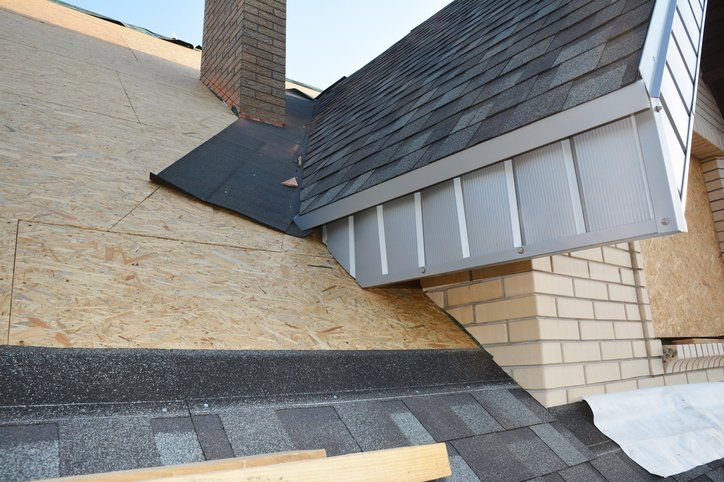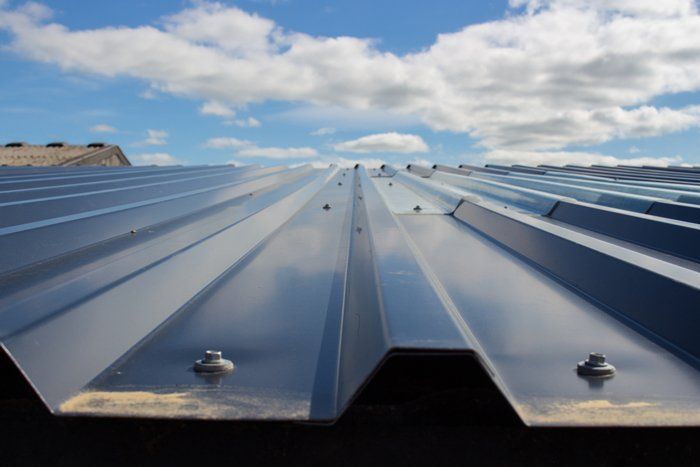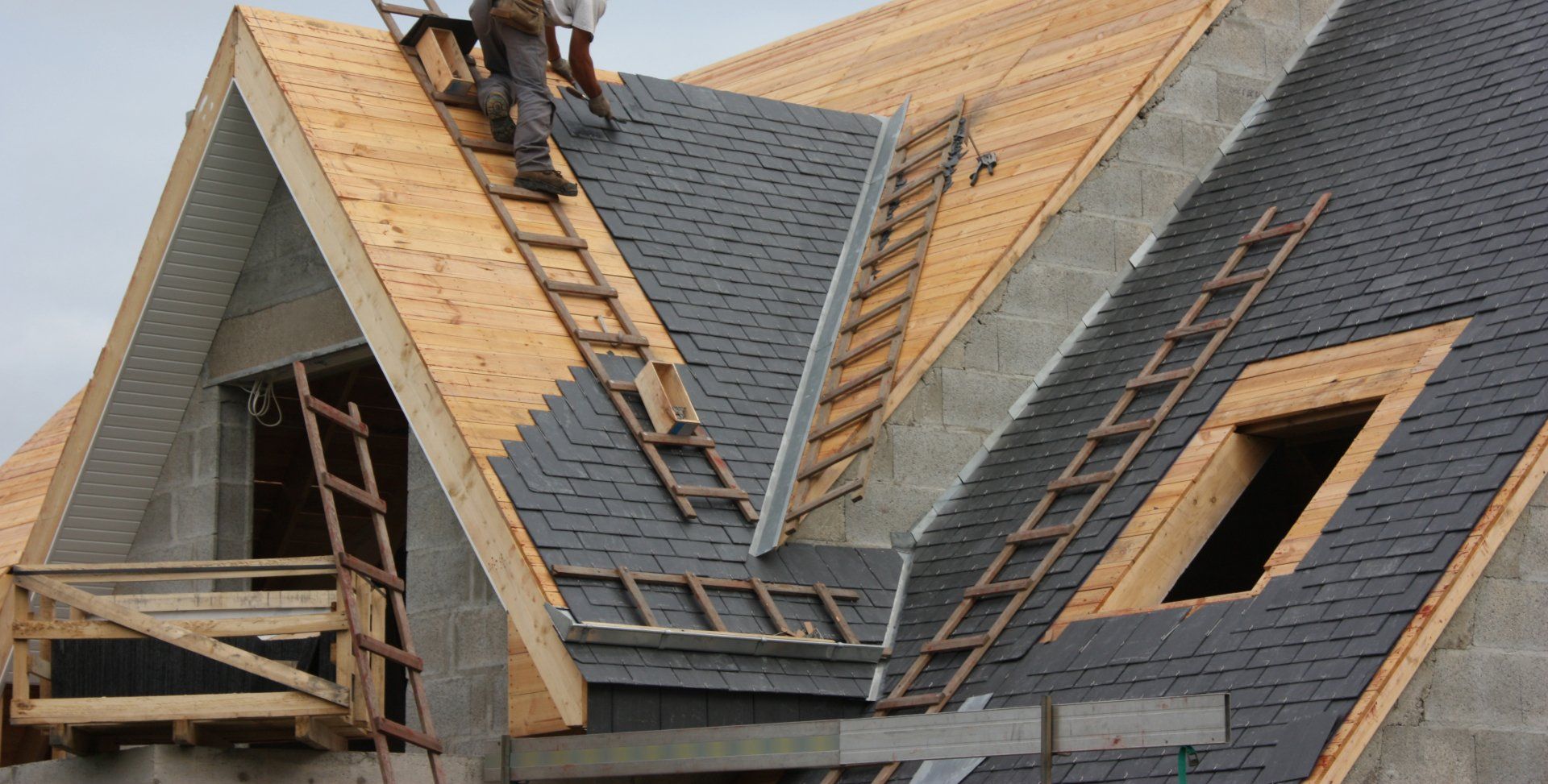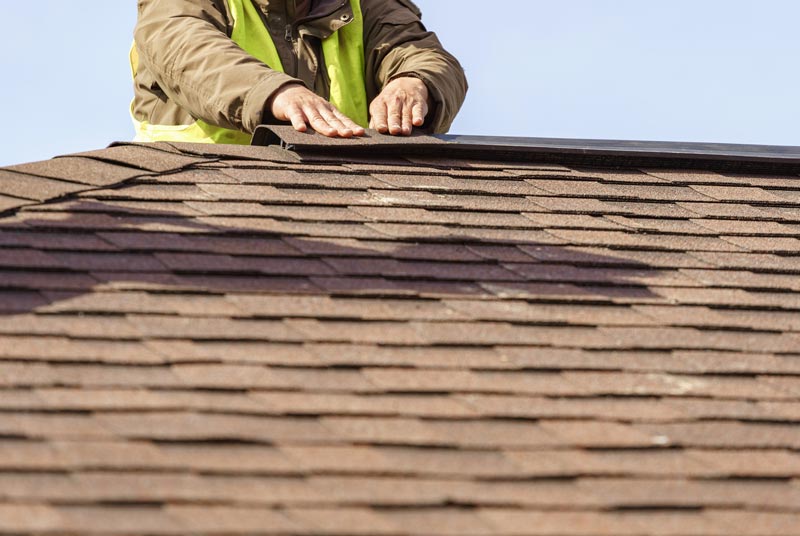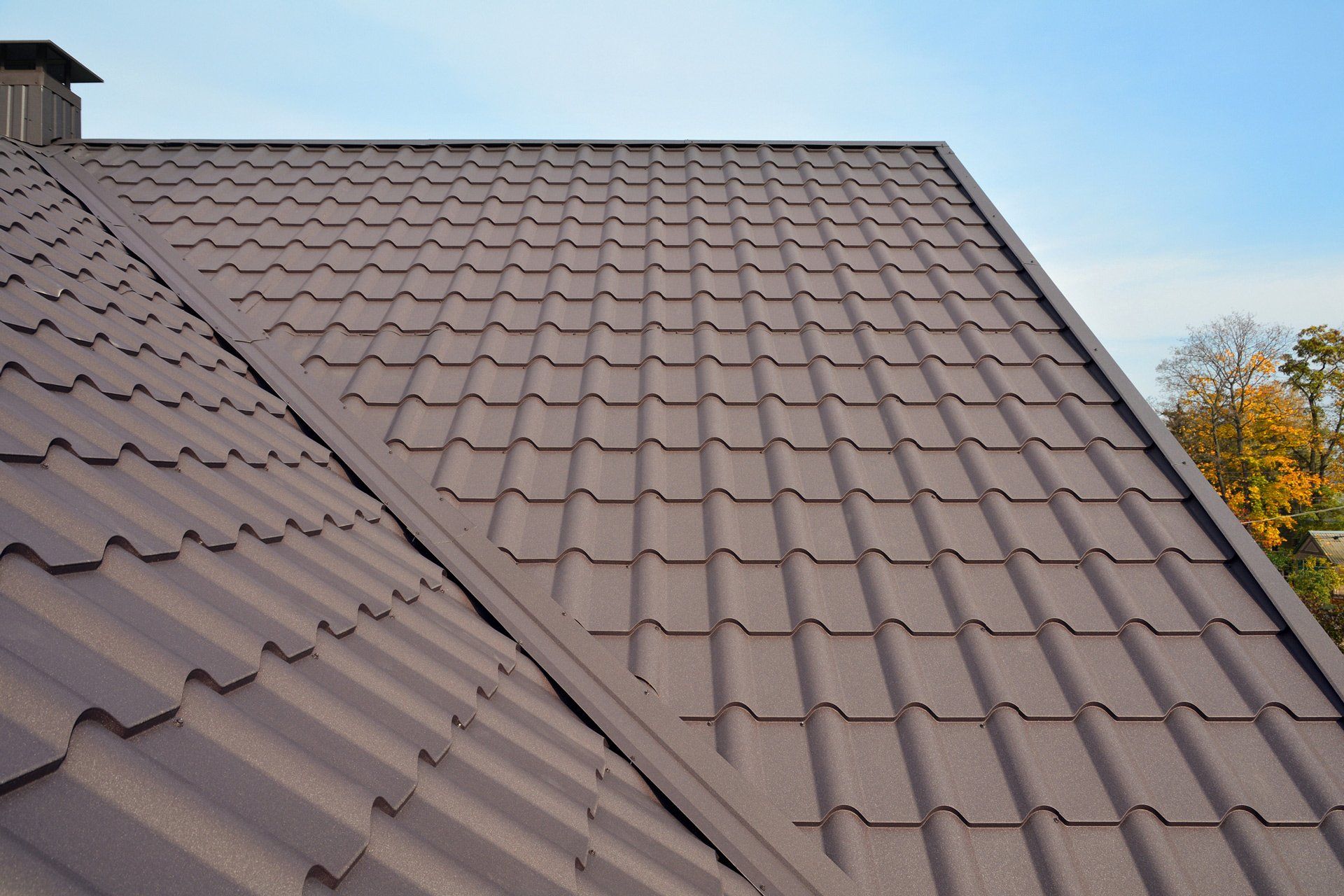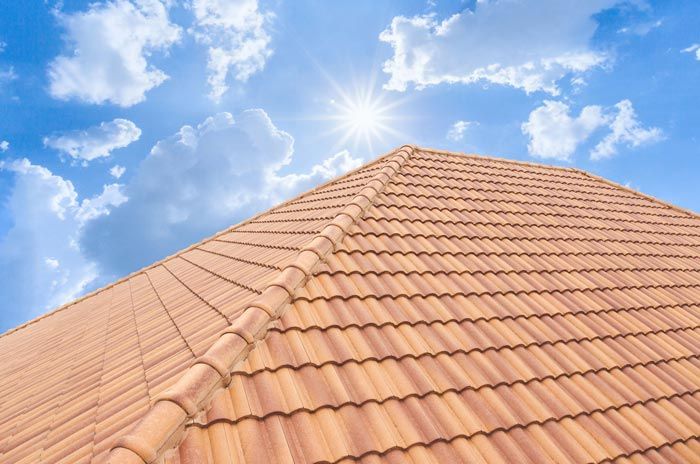Common Causes Of Roof Damage
Roofs are made from durable materials that can withstand a lot, but even the best roofs sometimes sustain damage. Here are some of the most common causes of roof damage and what you can do to reduce the risk that they pose.
High Winds: Replace Loose Shingles
Roofs are made to withstand the force of moderate winds, but high and extremely high wind speeds can cause substantial damage. Specifically, the following wind speeds can cause varying levels of damage:
- Winds over 45 miles per hour may rip off loose shingles.
- Winds over 58 miles per hour may rip off any shingles.
- Winds over 90 miles per hour can cause substantial roof damage.
These speeds are most often seen in tornadoes, tropical storms, and hurricanes, although they may occur during other weather events as well.
If your home is going to see extremely high winds, such as wind speeds over 58 miles per hour, there's not a whole lot you can do to prevent damage. The most effective strategy is to simply replace shingles that are loose so that slightly lower wind speeds don't rip them off. Higher wind speeds will cause whatever damage they do, and your roof will need repair after they're done.
Ice Damage: Remove Snow and Ice
Winter weather can cause damage in a couple of ways.
First, ice and snow can build up so much that their weight can cause a roof to collapse. How likely this is depends on many factors, including the type of snow and ice that accumulates. Some snow weighs up to 21 pounds per cubic foot, and ice adds 5.2 pounds for every inch of buildup. With snow and ice this heavy, even a moderate accumulation can pose a danger to your roof.
If you're building a house in a cold climate, you can reduce the risk of collapse by designing a decently sloped roof. A roof that has a good slope will shed snow and ice more than a flatter one. Assuming you don't have the luxury of redesigning your home's roof, you need to remove snow and ice. A roof rake and ice-melting pucks work well for this purpose.
Second, ice can sometimes melt and refreeze on a roof. When it does this, the water can seep under shingles and lift them. This can lead to curled shingles, loose shingles, and other damage.
There's not a lot you can do to stop ice from getting under shingles. The best strategy is to check your roof every spring and replace any shingles that were damaged during winter.
Sun Damage: Replace or Cover Shingles
In hot areas that see a lot of sun, the sun's rays can cause damage. They can be especially damaging during summer, when the days are longer. Over time, the sun can cause shingles to fade or curl, which exposes them to possible wind damage.
Most homeowners don't do much to prevent sun damage and, instead, resign themselves to replacing their roof more often if they're in a sunny area. If you'd like, however, there are a couple of other options. A white roof cover can be used to shield the roof, or you can get a metal roof that's not made from shingles.
In hot areas, a metal roof has another advantage. The metal will reflect sunlight, which can help keep the house from warming up as much throughout the day. This, ultimately, can help reduce air conditioning costs during the hot months of the year.
For help protecting your roof, regardless of what kind of roof it is, talk with our professionals at Whittle's Roofing Co. Inc .

